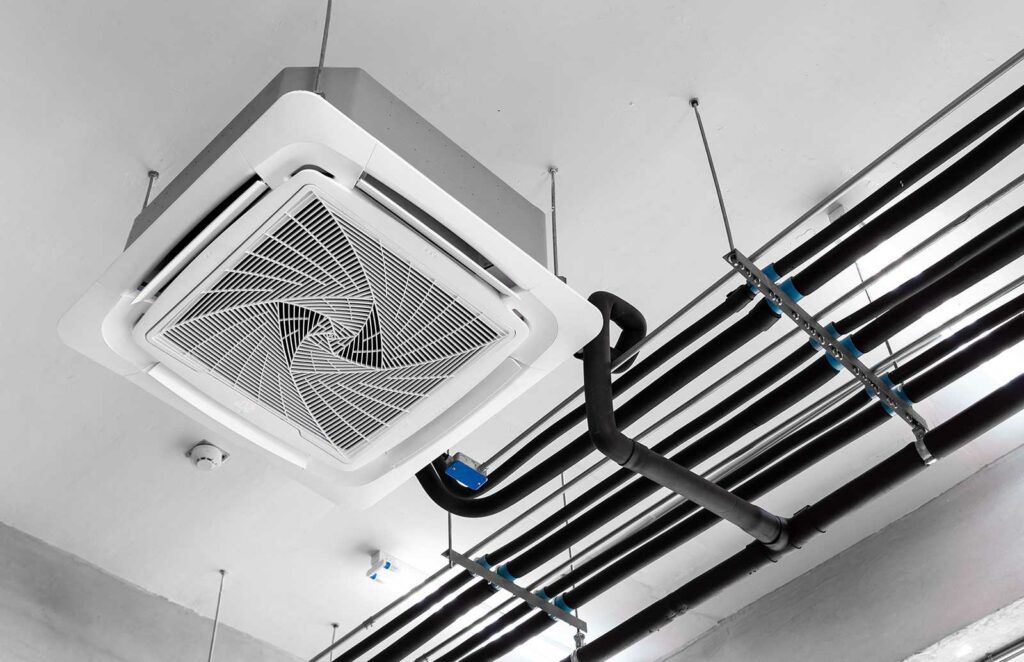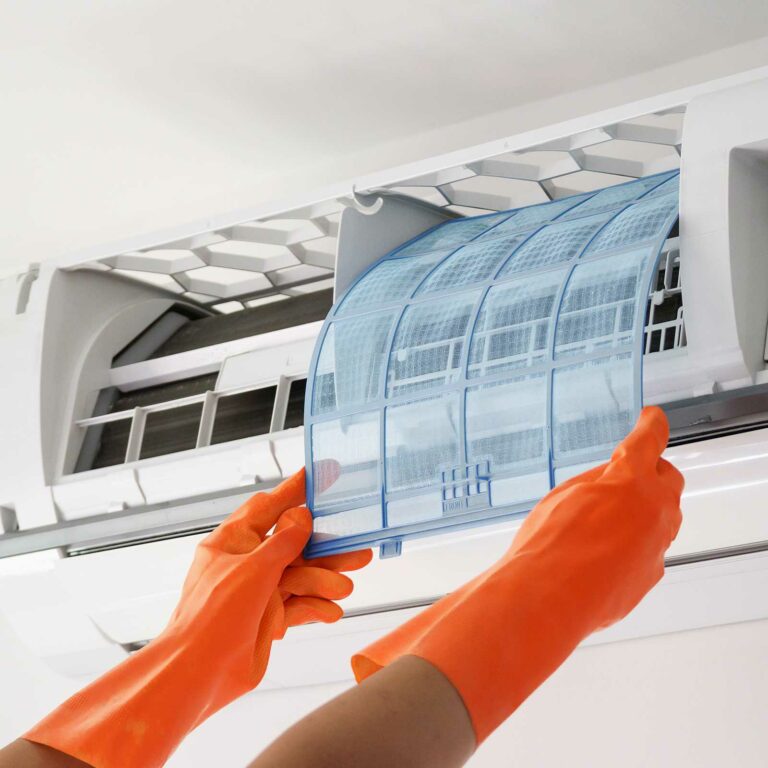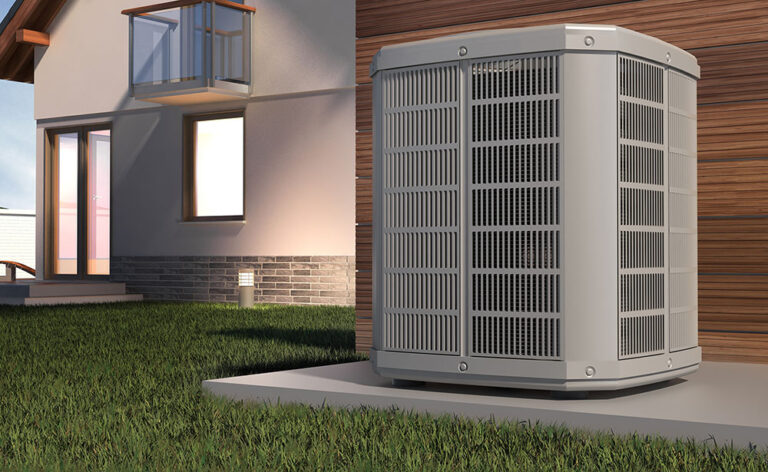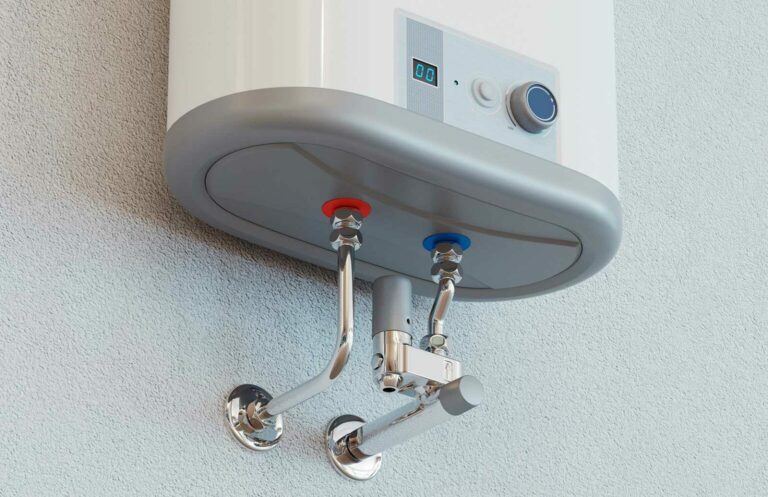
Choosing the right air conditioning system for your home can be a daunting task with so many options available. However, understanding the main types of AC systems can simplify your decision-making process.
This guide will break down the three primary types of air conditioning systems: window units, central air conditioning, and ductless mini-split systems, to help you make an informed choice.
Window Air Conditioning Systems
Window ACs are a popular choice for single-room cooling.
- Definition and Components: These units are self-contained systems installed in a window or a hole in an exterior wall. They include components like the compressor, condenser, evaporator, and cooling fan all within one box.
- Pros and Cons:
- Pros: Window units are generally affordable, easy to install, and effective for cooling small spaces. They do not require ductwork, making them a good option for older homes or apartments.
- Cons: These units can be noisy and may obstruct the view out of the window. They are also less efficient compared to other systems and are limited to cooling only the room in which they are installed.
Window AC systems are ideal for those who need a simple, cost-effective solution for cooling individual rooms.
Central Air Conditioning Systems
Central AC systems are designed to cool entire homes or large spaces efficiently.
- Definition and Components: Central air conditioning systems feature an outdoor unit that includes the condenser and compressor, paired with an indoor unit that houses the evaporator coil. These systems use a network of ducts to distribute cool air throughout the home.
- Pros and Cons:
- Pros: Central AC systems provide consistent and efficient cooling across multiple rooms. They operate quietly and improve indoor air quality by filtering out dust and allergens.
- Cons: The initial installation cost is high, especially if your home does not already have ductwork. Regular maintenance is required to keep the system running efficiently.
Central Boise air conditioning systems are perfect for homeowners looking for a comprehensive and efficient cooling solution for their entire house.
Ductless Mini-Split Systems
Ductless mini-split systems provide a flexible and efficient option compared to conventional HVAC systems.
- Definition and Components: These systems include an outdoor unit linked to one or more indoor units via refrigerant lines. Each indoor unit operates independently, enabling zoned cooling.
- Pros and Cons:
- Pros: Ductless systems are highly energy-efficient and offer flexibility in terms of installation. They provide zoned cooling, which means you can control the temperature in different rooms separately, leading to potential energy savings.
- Cons: The initial cost can be higher per unit compared to other systems. Indoor units can be more visible, which may affect the room’s aesthetics.
Ductless mini-split systems are perfect for homes that lack existing ductwork or for those wanting to add cooling to specific areas without major renovations.
Conclusion
Understanding the different types of Boise air conditioning systems can help you choose the best option for your home’s cooling needs. Whether you prefer the simplicity of window units, the efficiency of central air systems, or the flexibility of ductless mini-splits, there’s a solution that fits your requirements.
For professional advice and installation, contact Innovative Mechanical Solutions today. Let our experts guide you in selecting and installing the perfect AC system for your home.





